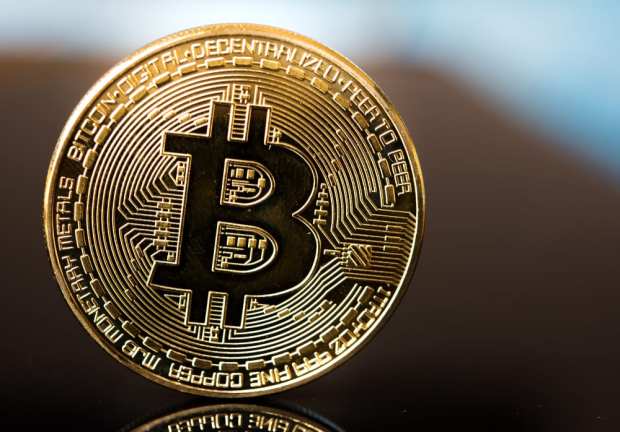Bitcoin Gets Second (Or Third, Or Fourth) Wind

Fundamentals? Or merely a blip?
A 60 percent surge in a month – for anything, really, be it stock or bond or digital currency – is nothing to sneeze at, but it could be something to see with wonder.
Or to make one wonder why.
Bitcoin, that marquee name in cryptocurrency, has seen its price swell by roughly that 60 percent number through the last few weeks, to about $8,000. In fact, notes Fortune, the move has been tied to the longest winning streak seen in six years.
Bitcoin got a huge jump on Monday (May 13), up 25 percent on the day, though there was no news specific to the cryptocurrency. The recent market cap at $250 billion has not been seen since August of 2018. The financial news site said that speculation on what’s behind the buoyancy has focused in part on possible short squeezes, or the fact that amid geopolitical tensions, people have crowded into alternative asset classes.
According to one note penned for investors by Craig Erlam, senior market analyst at Oanda Corp., “there’s been no shortage of explanations for the recent spike, some more ludicrous than others, and none that are nearly significant enough to match the size of the leap we’ve seen.”
The move this time around is reminiscent of the one that drove bitcoin to its all-time high of nearly $20,000 in 2017.
Separately, might there be at least some fundamentals at play? A few theories were illuminated in a note from Alyse Killeen, partner at StillMark, an investment advisory firm, who said “anticipation of the upcoming supply shock [of new BTC introduced via mining] may be creating upward pressure on the price of bitcoin.”
As Killeen explained, bitcoin is introduced to the market when the crypto’s protocol rewards miners who validate blockchain transactions. As that happens, miners get 12.5 bitcoin upon validating transactions and adding blocks to the chain that makes up blockchain. That tally will be halved a year from now, which means the rewards will then be 6.25 bitcoin, and that will have a dampening effect on the supply – which could push prices higher. The analyst also noted that bitcoin is a bit more accessible through Cash and Robinhood apps, and some trading can be done through bitcoin contracts.
Though the use cases have expanded, they have been well-known – and, we assume, so has the “halving” event as described above. True, the geopolitical volatility may crowd speculators into holdings that are not stocks and not bonds, but the U.S. thus far has been a bit of an undecided frontier for cryptos (amid an uncertain regulatory climate), and China has been less than sanguine on cryptos or crypto trading (perhaps the bitcoin surge is a way to move capital from that country?). Against that backdrop, we can only assume this is the work of a few large traders (per commentary from sites such as dailyhodl.com) that are known as whales, and does not have the makings of a retail investor-driven rally that has legs.
